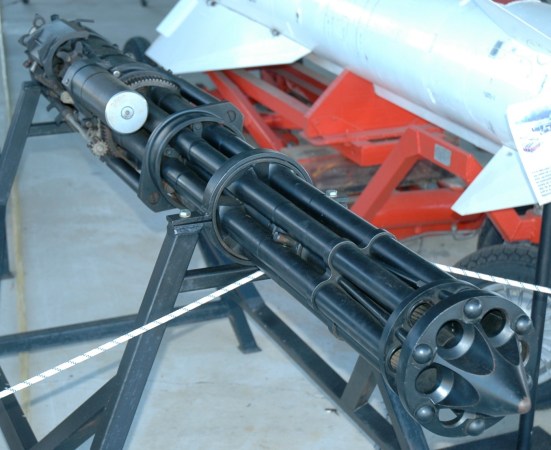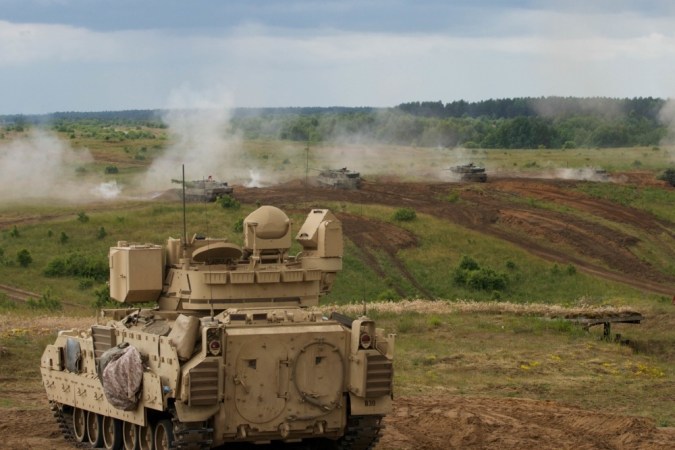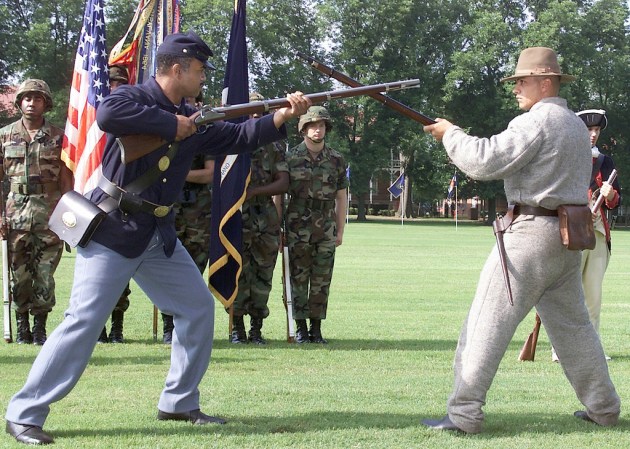Long gone are the wars studied in history class where one conspicuous force goes up against another, banners flying, in a flashy display of military might. To say that war’s changed is an obvious truth — I know it, you know it, and, more important, the Russians know it.
In February 2013, General Valery Gerasimov, the Chief of the Russian General Staff, published a paper that outlined a concept called, aptly, “New Generation Warfare.” This paper outlines what the Russians see as the key tenets of successful, modern war waging. These are the 8 phases of an invasion — the essential ingredients, from a Russian perspective, to war in this generation.
Phase One: Setting the Stage
This first phase is all about establishing a favorable political, economic, and military climate in the targeted area. This first phase is completely non-military. It involves gathering information, establishing economic ties between Russia and key industries in the area, understanding local ideology, and so on. It’s all about knowing your target.

Phase Two: Media Misdirection
Next, the Russians mislead political and military leaders with a coordinated, tactical “leaking” of false data, orders, and directives. The Russians target the biggest media channels and the most visible public figures, creating or further instigating political strife to rile up locals. To do this successfully, the Russians use information they’ve gathered in phase one and twist it to build pro-Russian sentiment.
Related: 14 photos that show how Finland is preparing for a Russian hybrid war
Phase Three: Political Muscle
The third phase is all about making use of Russian-cultivated relationships. In this phase, the Russians intimidate, deceive, and bribe key politicians to get them to abandon their post when “convenient.”
Referendum advertisements are popping up in the Crimea. “March 16, we decide!” Go Russian or go Nazi? pic.twitter.com/FQ7dplCP9n
— Kevin Rothrock (@KevinRothrock) March 9, 2014
Phase Four: Growing Discontent
In this phase, the Russians pump propaganda en masse into the targeted region, fomenting further discontent among the population. At this precise moment, Russian troops start to arrive. It’s no coincidence that this happens when the population favors Russia most.
Phase Five: Lockdown
Russian military forces are still posturing in phase five — no overt triggers are pulled just yet. In this phase, Russians establish no-fly zones, put up blockades, and exert force through the use of private military companies and local armed resistance forces.

Phase Six: Military Action
In phase six, Russia finally starts to flex its military muscles. All wheels turn simultaneously — Russian forces make their move alongside an all-cylinder firing of special operations and subversive missions. Industrial espionage, satellite interference, and so on; whatever it takes to weaken the opponent.
Also Read: How 8 countries are preparing for war with Russia
Phase Seven: Precision Strikes
In phase seven, Russia employs precise strikes to hit the exposed weaknesses of their enemy. Targeted information operations, electronic warfare, and precise, long-range artillery strikes hit key pressure points, paralyzing the opposition.
Phase Eight: Clean Up
Finally, the Russians identify and clean up and pockets of remaining resistance.

That, by the numbers, is how Russia invades foreign territory. Of course, no war is simple enough to fit within a playbook–these phases can happen in sequence or all at once, if necessary. Though execution may vary, the key principles outlined here can be used to devastating effect.
Just how effective is this new, hybrid warfare? Russia’s official involvement in the annexation of Crimea was just 24 days—but you can safely bet that covert operations were well underway in the months prior. Years later, NATO is still figuring out how to respond.










